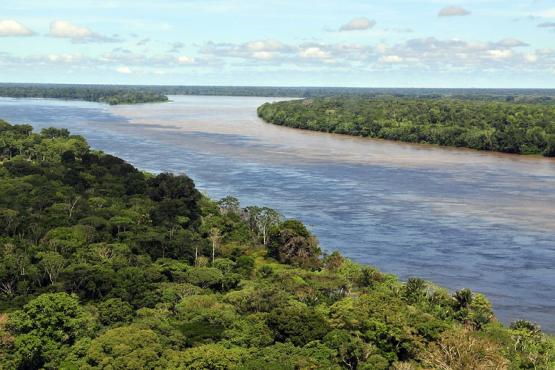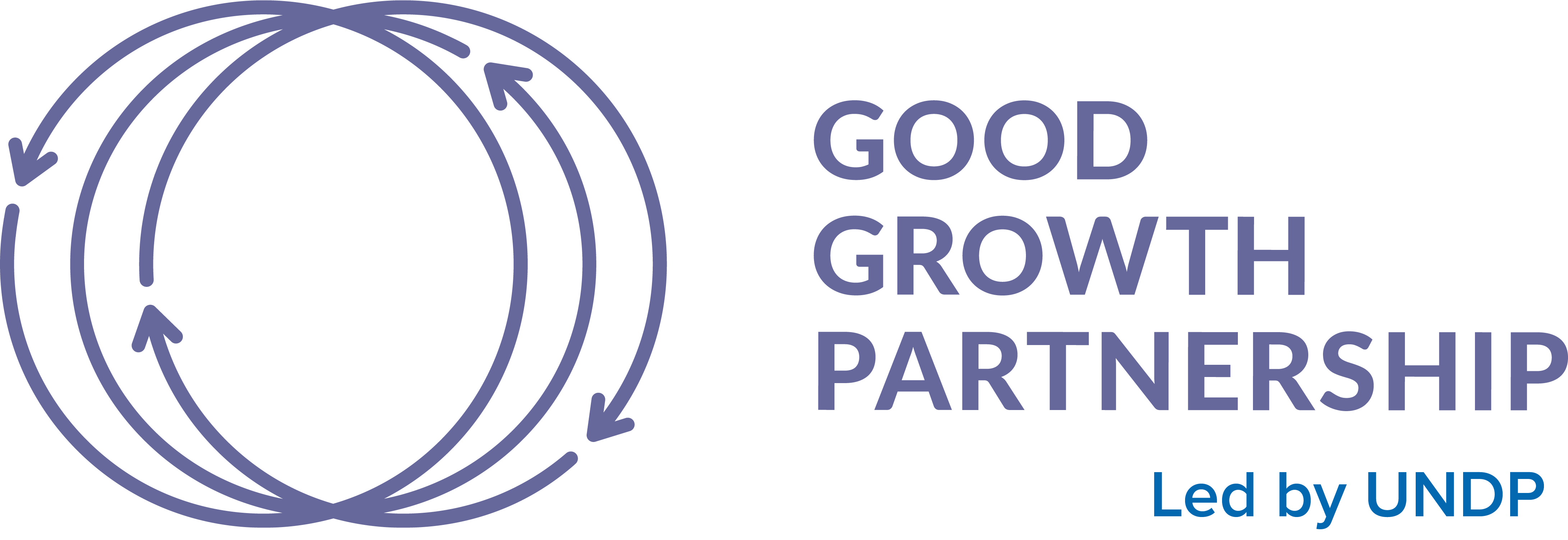Project Overview
Brazil has emerged as a top global agricultural commodity producer over the past 40 years. Most of this growth is reflected in the expansive tropical savanna landscape characterizing the Cerrado biome, where an estimated 50 million head of cattle graze. Not only is Brazil the the world's largest beef exporter, providing close to 20 percent of total global beef exports, it is also the largest soybean exporter, providing 83 million metric tons in 2018. Unfortunately, the environmental cost has been high, leading to land degradation and a significant loss of native vegetation. In this context, Brazil's main development challenge is to find the best way to sustainably manage its natural and productive landscapes by restoring degraded land, conserving the biodiversity and ecosystem services in the Cerrado biome.
-
Sites:
Cerrado biome with a particular focus on the following three areas:
-
Araguaia-Taquari watershed located in the States of Goias, Mato Grosso, and Mato Grosso do Sul. This area covers 20 municipalities.
-
Tocantins and Paranaíba watersheds located in the States of Goias and Federal District. This area covers eight municipalities.
-
Tocantins, São Francisco and Paranaíba watersheds located in the States of Bahia and Minas Gerais. This area covers 32 municipalities.
-
Commodities:
Livestock and soybean
-
Area Covered:
1,950,800 hectares
-
Executing Partner and GEF Implementing Agency:
World Bank

Project features
The goal is to increase the area under sustainable landscape management and restoration for beef cattle and soybean value chains.
Activities will focus on the development of integrated landscape management systems, the promotion of sustainable food production practices and responsible commodity value chains. Restoration of natural habitats, program coordination, collaboration, and capacity building will also be central to the project.
Adoption of landholding protocol certification and development of traceability tools to improve value chain actors' land-use practices and restoration activities in major production landscapes.
Public sector engagement will include strengthening the legal protection of natural ecosystems on private lands and the alignment of existing policies and incentives to promote sustainable agriculture value chains and forest protection.
A gender strategy will be designed to encourage equitable gender participation in the project's activities and create equal opportunities for both men and women as a result of the project's interventions.

Aerial view of the Amazon rainforest and river, Brazil. By Neil Palmer/CIAT







